Stretched canvas art is created from a giclée print on canvas (instead of paper), and like a traditional painting, the canvas is hand-stretched over a solid wood frame. It can be mounted in a float frame, or displayed on its own. The sides of the canvas are finished in a solid color that complements the artwork, creating a modern masterpiece ready to hang on your wall, without a frame.
-
Dawn at Futamigaura ☵ Kunisada ☲ Canvas

 Dawn at Futamigaura (1832) by Utagawa Kunisada depicts the "wedded rocks" representing Izanagi and Izanami, the creation deities (kami) in Japanese mythology, joined by thick straw rope to demarcate a Shinto sacred space. The rocks tower above the beach, several travelers rest ➵
Dawn at Futamigaura (1832) by Utagawa Kunisada depicts the "wedded rocks" representing Izanagi and Izanami, the creation deities (kami) in Japanese mythology, joined by thick straw rope to demarcate a Shinto sacred space. The rocks tower above the beach, several travelers rest ➵◰ Canvas Reproductions
⧈ Framed Art Prints -
The Poet Hitomaro ☴ Kunisada ☱ Canvas

 The Poet Hitomaro at the Beach of Akashi (1832) by Utagawa Kunisada depicts the poet on the beach observing salt water gatherers under the setting sun. Kakinomoto no Hitomaro (c. 653-710) was a Japanese waka poet and aristocrat of the late Asuka period, ➵
The Poet Hitomaro at the Beach of Akashi (1832) by Utagawa Kunisada depicts the poet on the beach observing salt water gatherers under the setting sun. Kakinomoto no Hitomaro (c. 653-710) was a Japanese waka poet and aristocrat of the late Asuka period, ➵◰ Canvas Reproductions
⧈ Framed Art Prints -
Magician of Power ☳ Kunisada ☰ Canvas
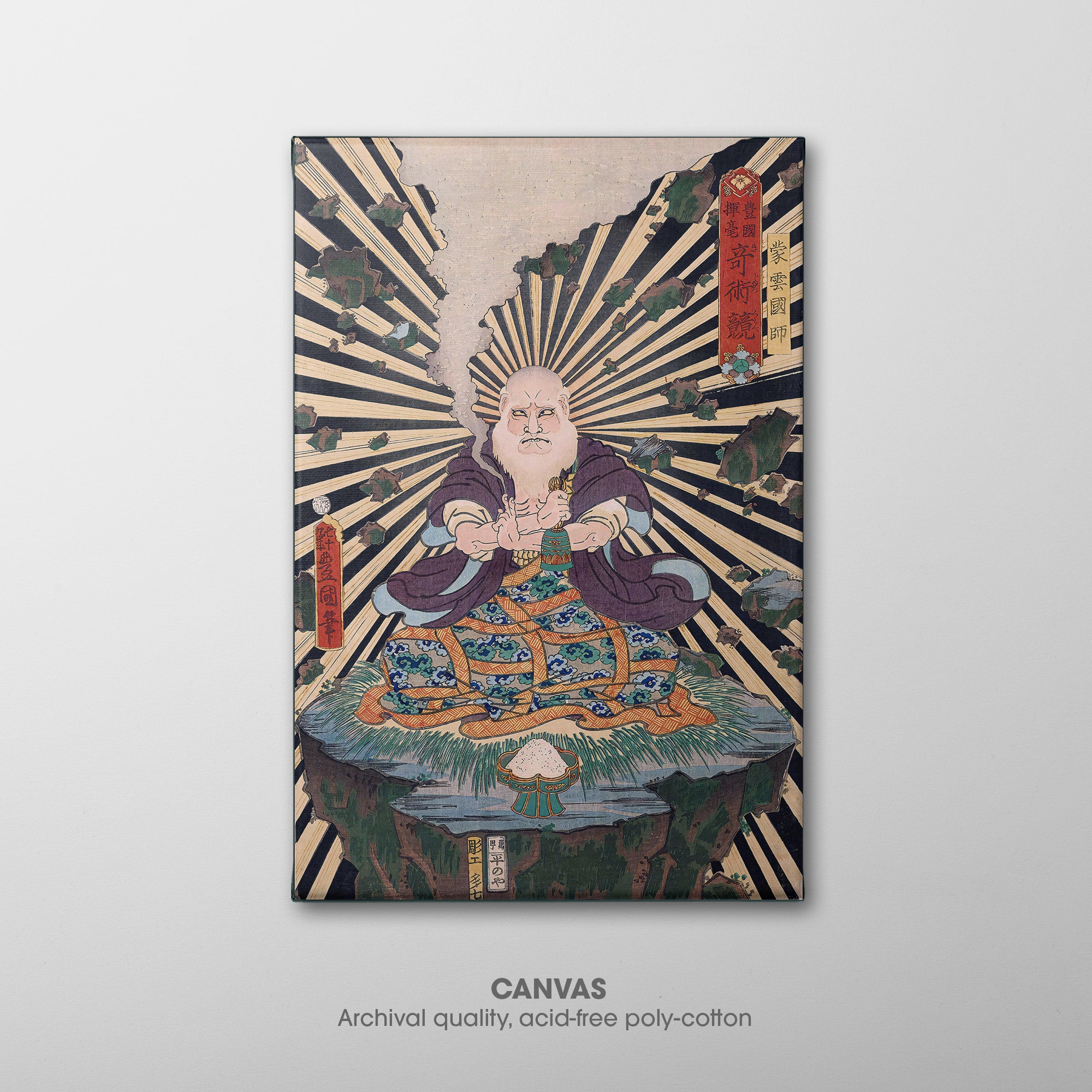
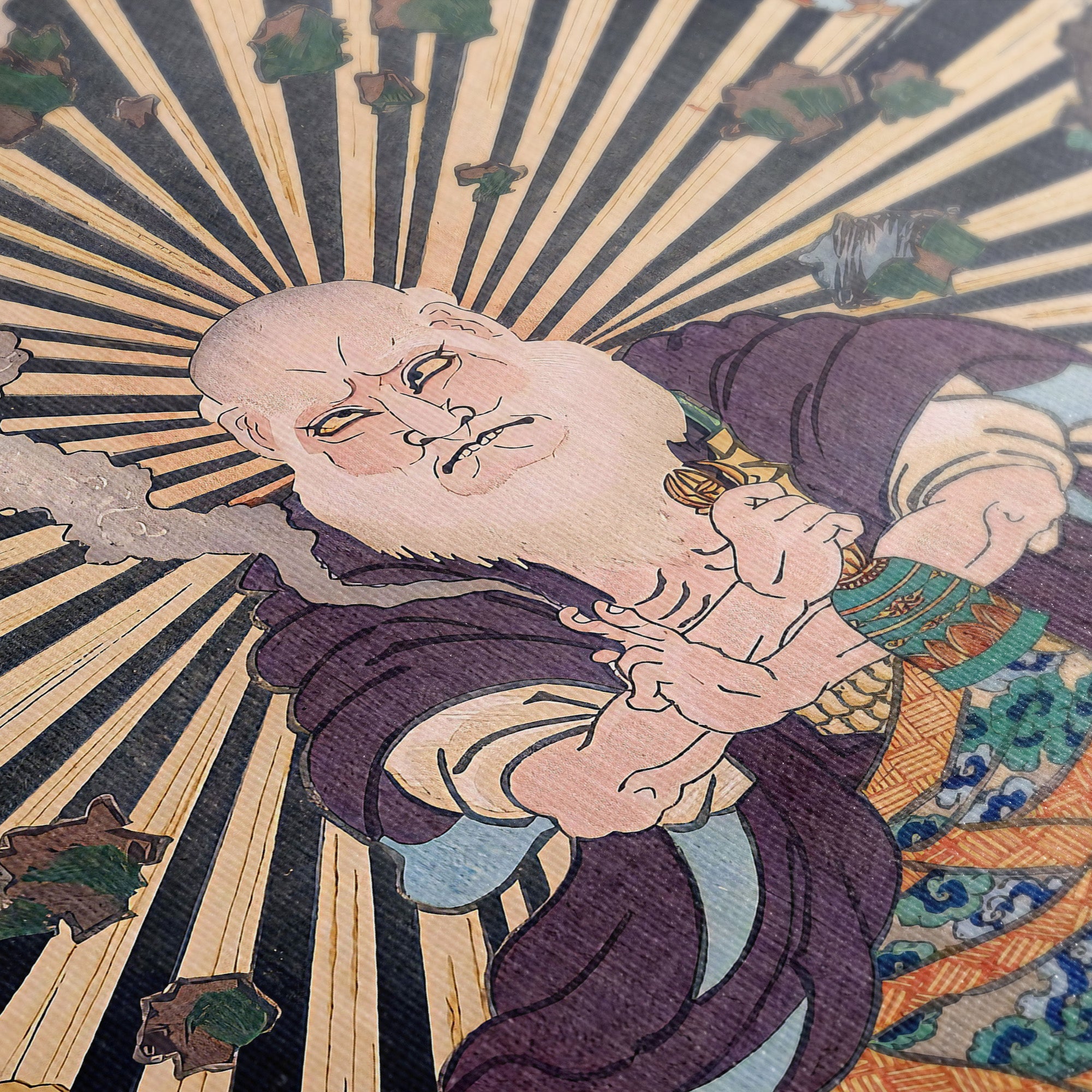 Magician of Power Môun-kokushi and Exploding Rocks (1863) by Utagawa Kunisada depicts the actor Ichikawa Kodanji IV as the magician Môun-kokushi from the kabuki drama Chin-setsu yumi-hari zuki. Môun, an evil monk, attempts to seize control of the kingdom of Ryûkyû from ➵
Magician of Power Môun-kokushi and Exploding Rocks (1863) by Utagawa Kunisada depicts the actor Ichikawa Kodanji IV as the magician Môun-kokushi from the kabuki drama Chin-setsu yumi-hari zuki. Môun, an evil monk, attempts to seize control of the kingdom of Ryûkyû from ➵◰ Canvas Reproductions
⧈ Framed Art Prints -
Ghost Rising from a Swamp ☳ Kunisada ☱ Canvas
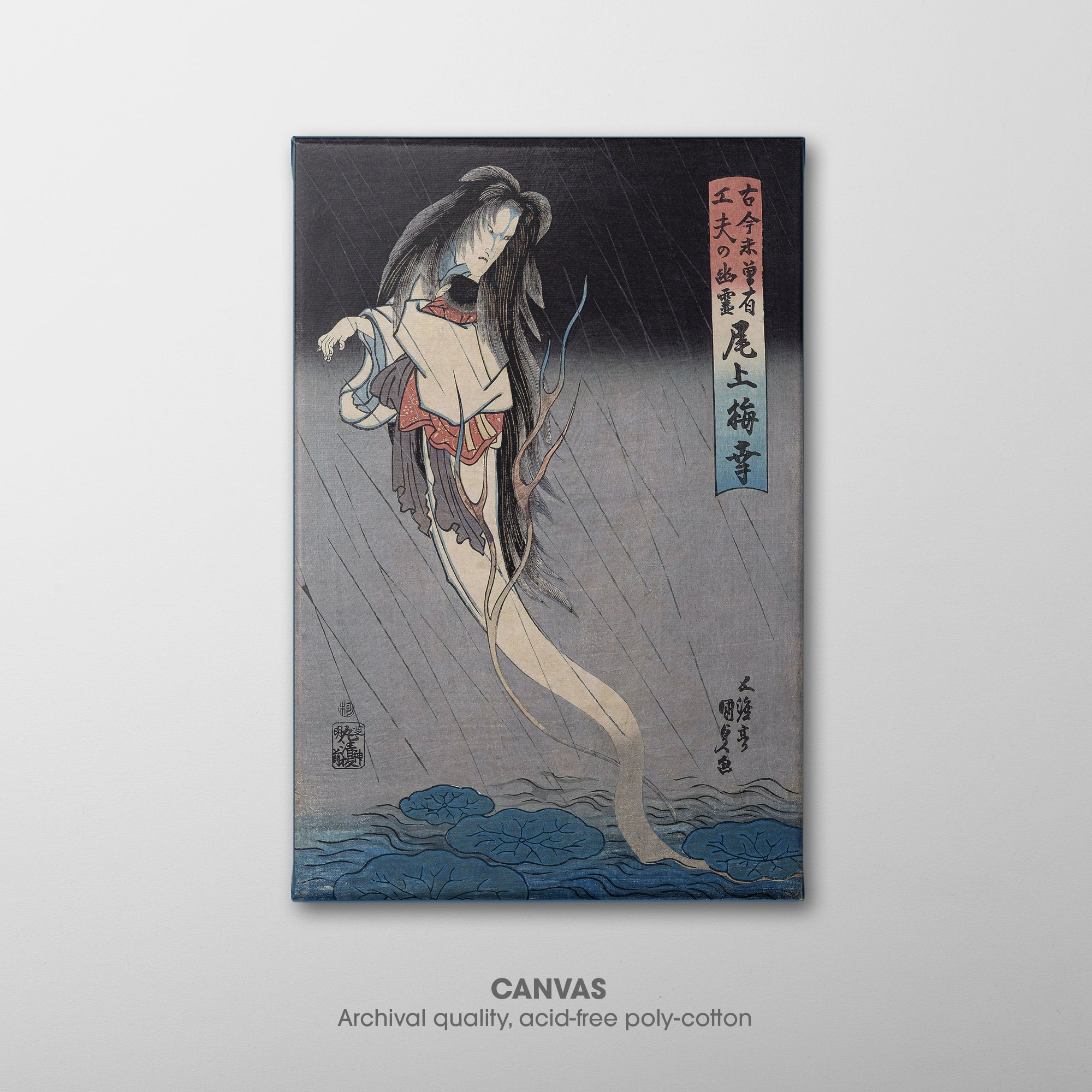
 Onoe Baiko as a Female Ghost Rising from a Swamp (1838) by Utagawa Kunisada depicts the kabuki actor Onoe Baiko, renowned for his skill at portraying ghosts. The character may be the ghost of the wife of Kohada Koheiji in the play ➵
Onoe Baiko as a Female Ghost Rising from a Swamp (1838) by Utagawa Kunisada depicts the kabuki actor Onoe Baiko, renowned for his skill at portraying ghosts. The character may be the ghost of the wife of Kohada Koheiji in the play ➵◰ Canvas Reproductions
⧈ Framed Art Prints -
Ghost of Kohada Koheiji ☳ Hokusai ☴ Canvas

 The Ghost of Kohada Koheiji (1832) by Katsushika Hokusai is from his ukiyo-e woodblock series One Hundred Ghost Stories, although only five prints are known to exist. This print depicts a scene from the story of Kohada Koheiji, a kabuki actor who ➵
The Ghost of Kohada Koheiji (1832) by Katsushika Hokusai is from his ukiyo-e woodblock series One Hundred Ghost Stories, although only five prints are known to exist. This print depicts a scene from the story of Kohada Koheiji, a kabuki actor who ➵◰ Canvas Reproductions
⧈ Framed Art Prints -
Kamakura no Gengorō ☳ Hokusai ☵ Canvas

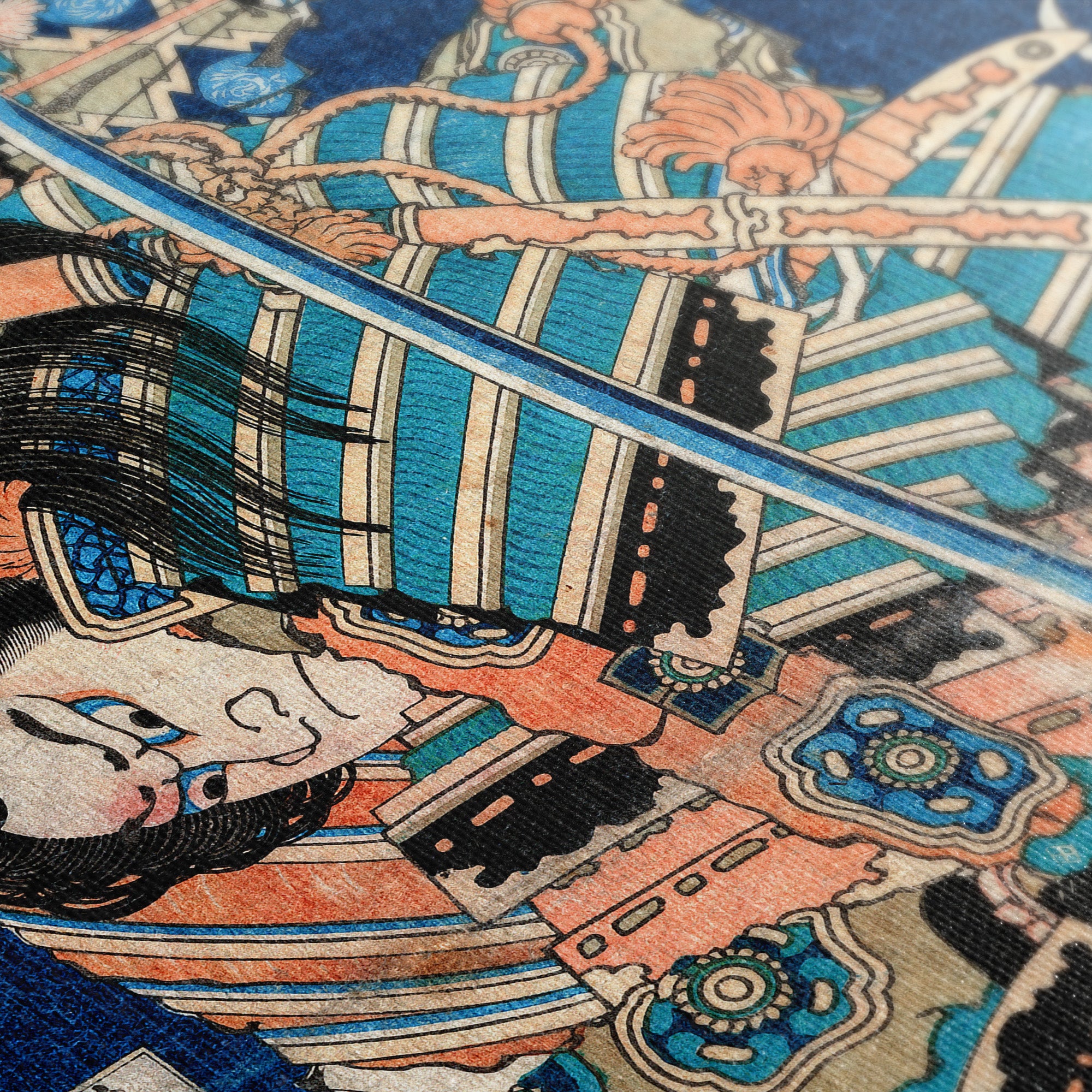 Kamakura no Gengorō Seizing Torinoumi Tasaburo (1832) by Katsushika Hokusai is a ukiyo-e woodblock print that depicts a scene from the renowned kabuki play The Chūshingura, where the heroic Minamoto warrior Kamakura no Gengorō confronts the treacherous Torinoumi Tasaburo in a thrilling ➵
Kamakura no Gengorō Seizing Torinoumi Tasaburo (1832) by Katsushika Hokusai is a ukiyo-e woodblock print that depicts a scene from the renowned kabuki play The Chūshingura, where the heroic Minamoto warrior Kamakura no Gengorō confronts the treacherous Torinoumi Tasaburo in a thrilling ➵◰ Canvas Reproductions
⧈ Framed Art Prints -
Red Fuji ☶ Hokusai ☰ Canvas
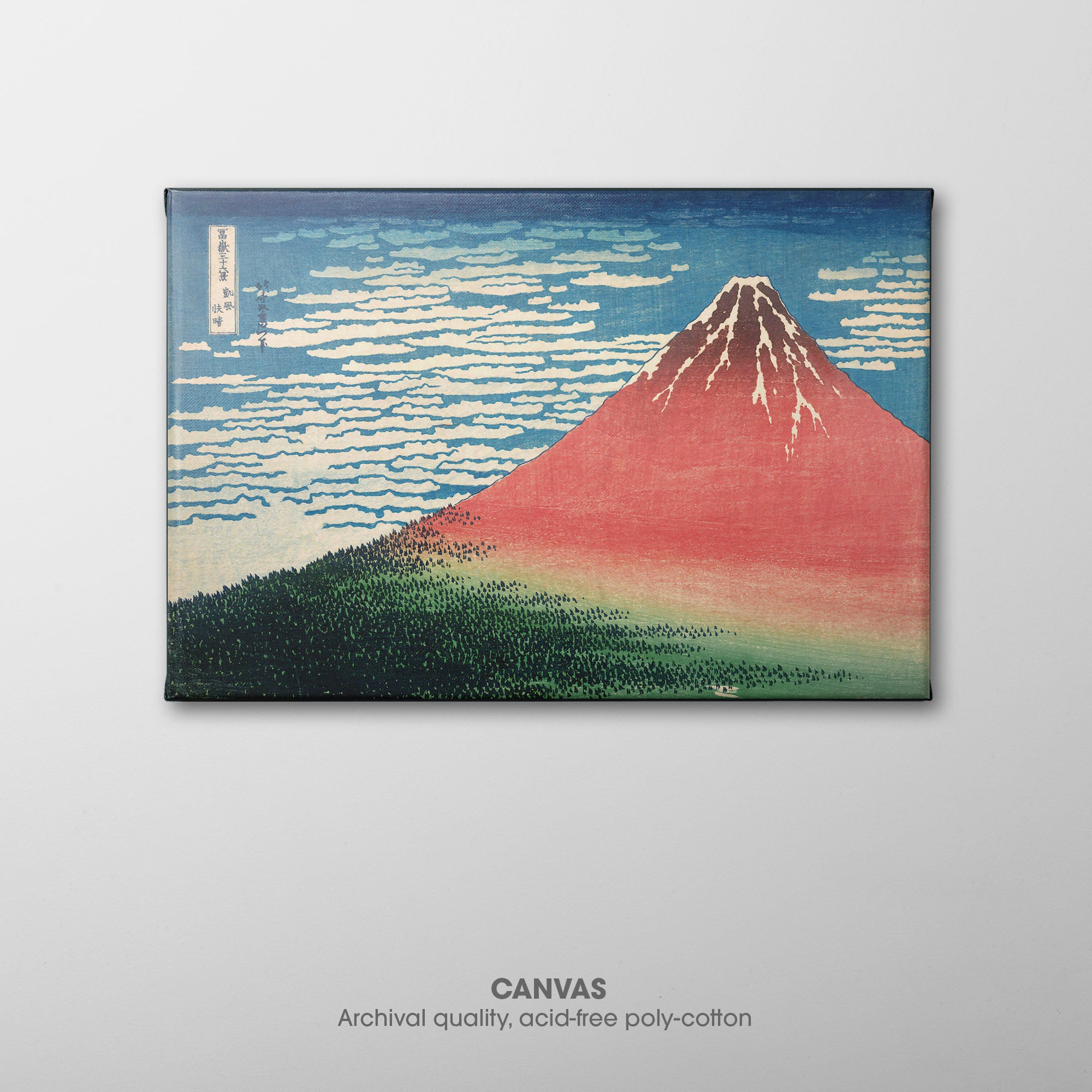
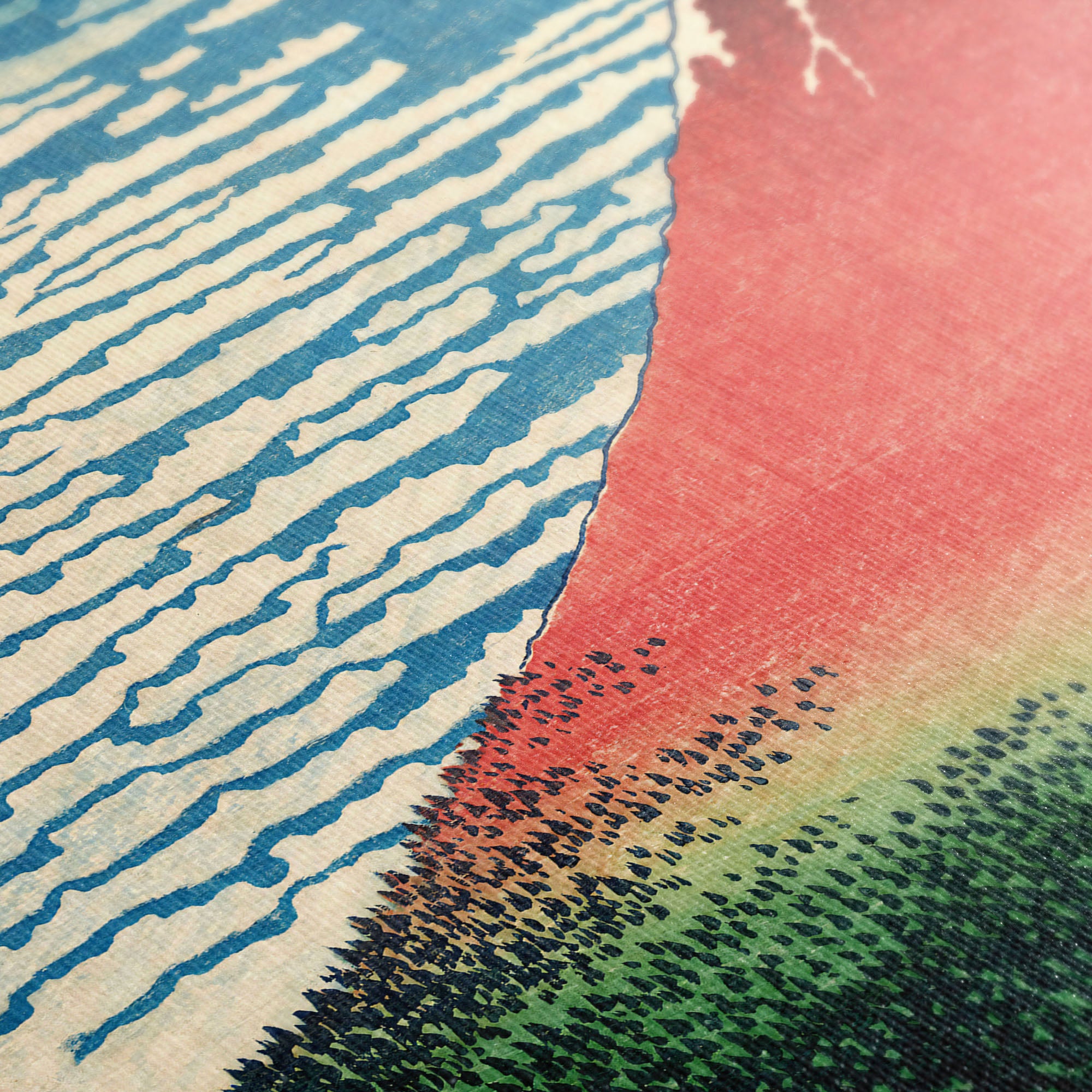 Red Fuji (1832) by Katsushika Hokusai, officially titled Fine Wind, Clear Morning (凱風快晴, Gaifū Kaisei), is a Japanese ukiyo-e woodblock print from Hokusai's series Thirty-six Views of Mount Fuji. This print prominently depicts a snow-capped Mount Fuji surrounded by trees and clouds, ➵
Red Fuji (1832) by Katsushika Hokusai, officially titled Fine Wind, Clear Morning (凱風快晴, Gaifū Kaisei), is a Japanese ukiyo-e woodblock print from Hokusai's series Thirty-six Views of Mount Fuji. This print prominently depicts a snow-capped Mount Fuji surrounded by trees and clouds, ➵◰ Canvas Reproductions
⧈ Framed Art Prints -
The Great Wave ☶ Hokusai ☵ Canvas
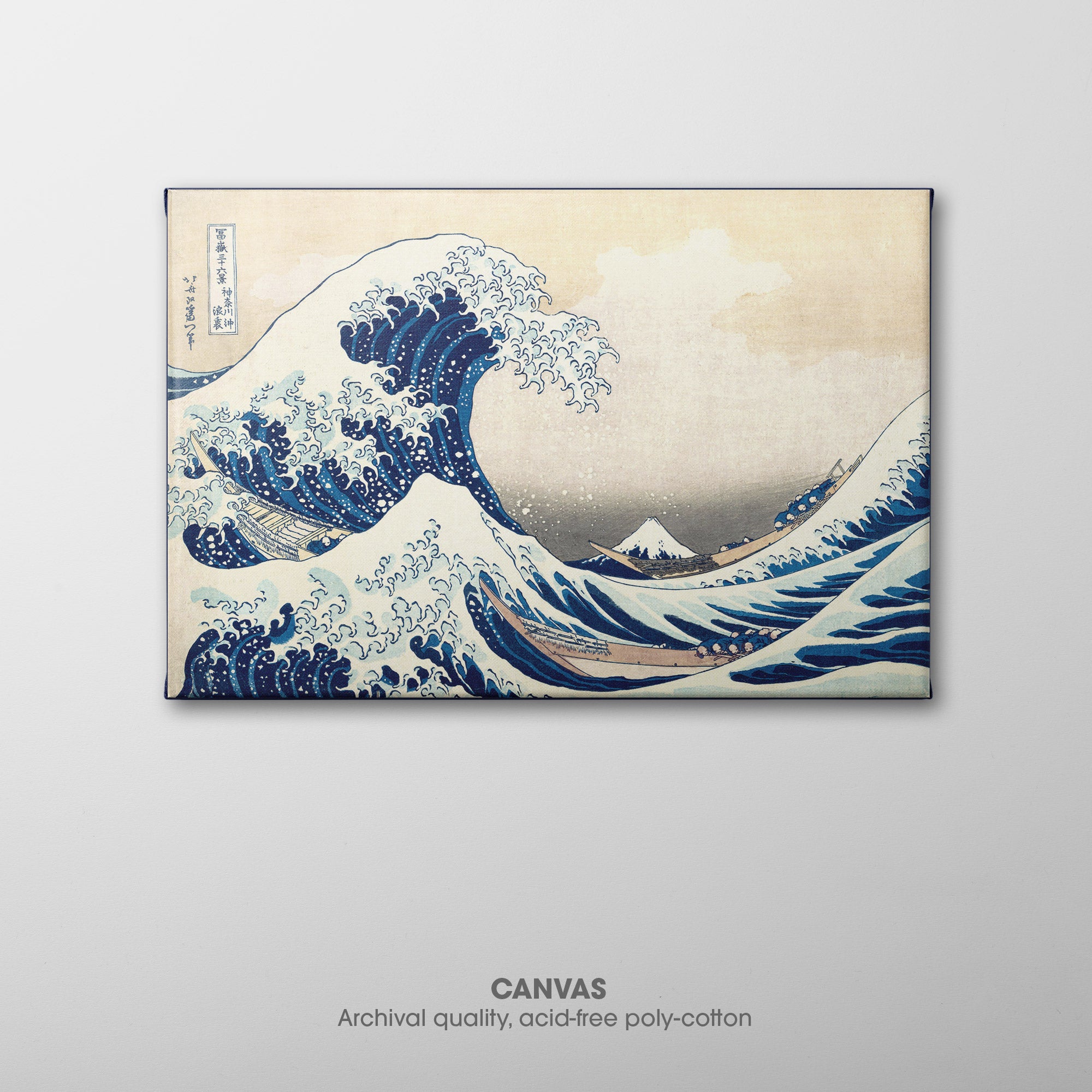
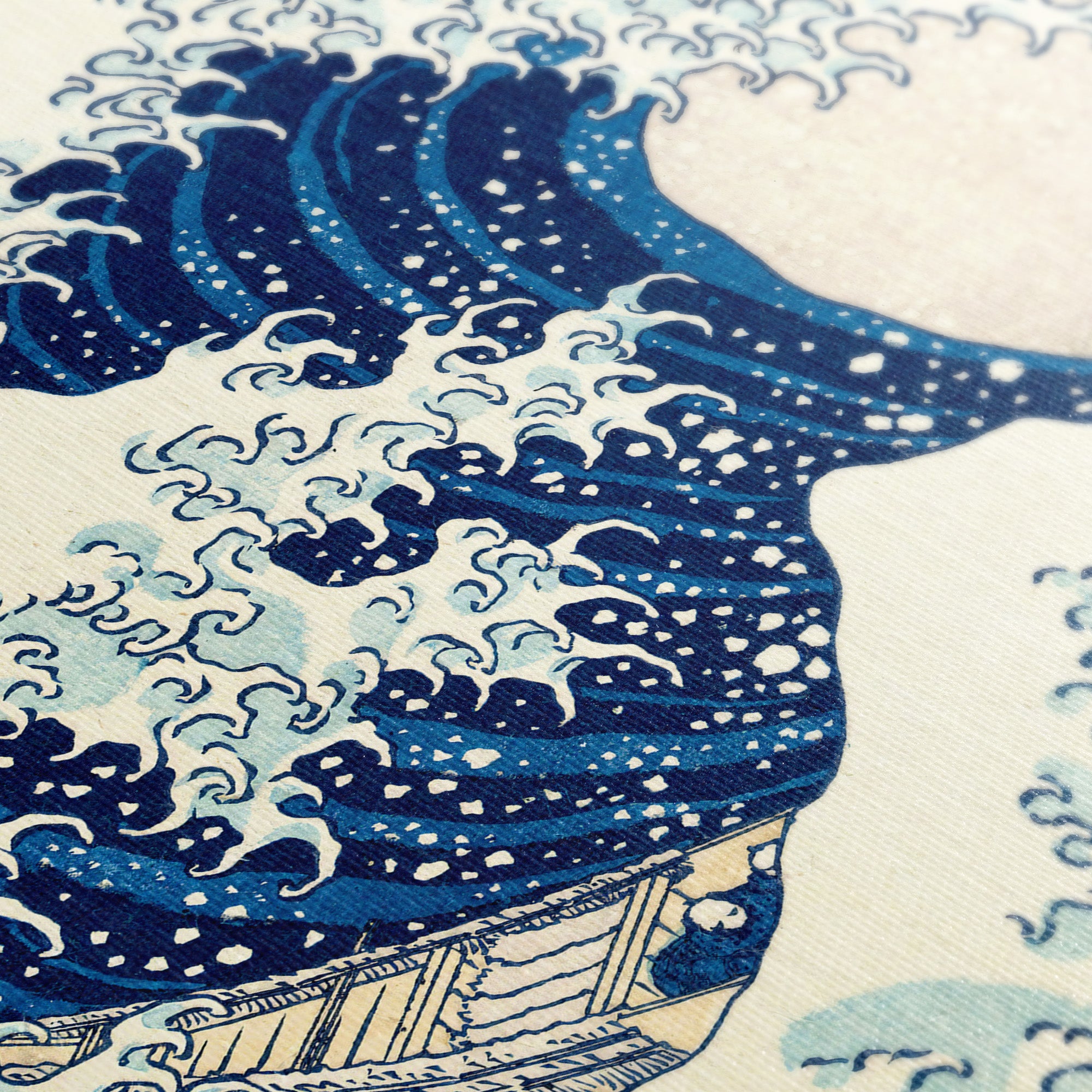 The Great Wave off Kanagawa (1831) by Katsushika Hokusai, also known as Under the Wave off Kanagawa (神奈川沖浪裏, Kanagawa-oki Nami Ura) is a Japanese ukiyo-e woodblock print, and possibly the most reproduced image in the history of art. The print depicts a ➵
The Great Wave off Kanagawa (1831) by Katsushika Hokusai, also known as Under the Wave off Kanagawa (神奈川沖浪裏, Kanagawa-oki Nami Ura) is a Japanese ukiyo-e woodblock print, and possibly the most reproduced image in the history of art. The print depicts a ➵◰ Canvas Reproductions
⧈ Framed Art Prints ⨳ Blankets


















